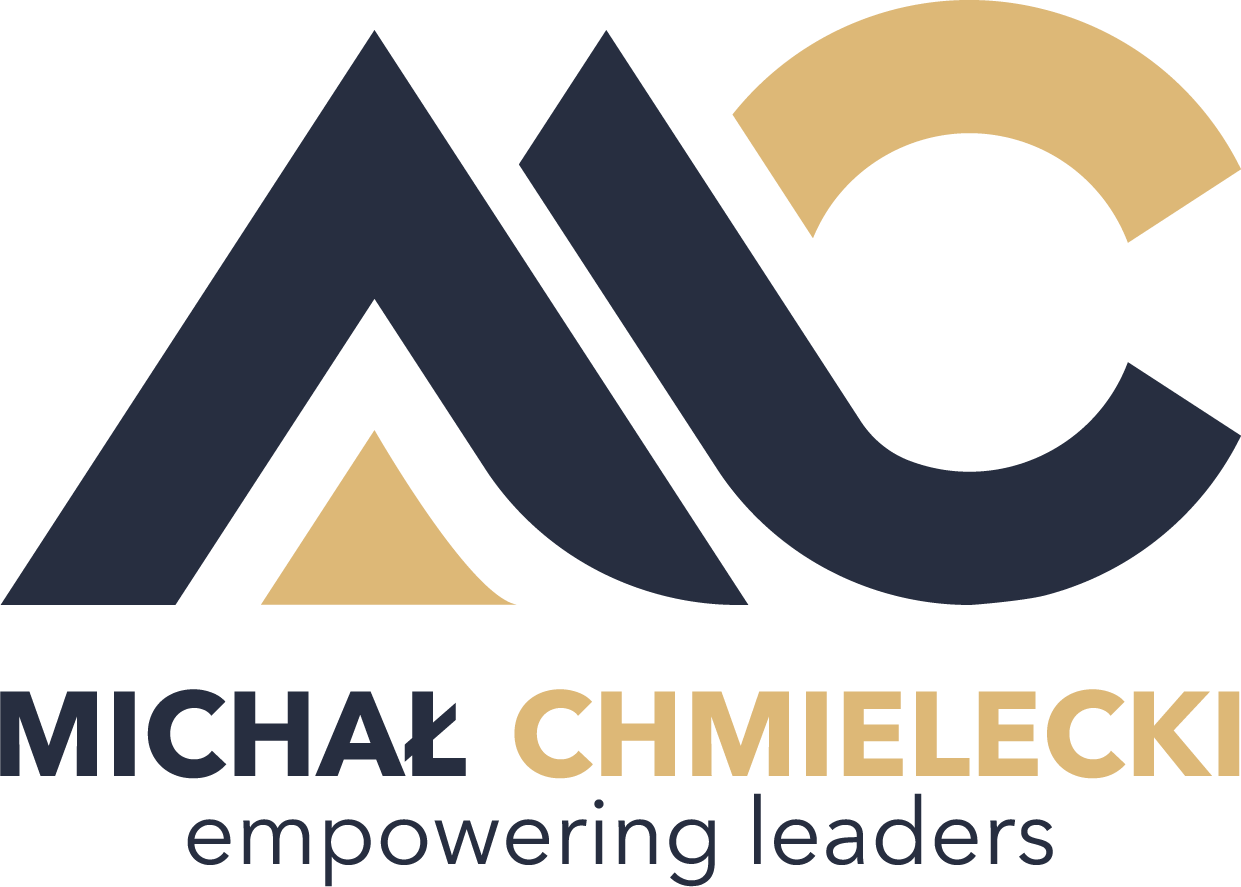Learning Culture in an Organization – The Foundation of Effective Learning and Competitive Advantage
In today’s world of constant technological and organizational change, employee development has become one of the key factors of business success. However, true development doesn’t depend solely on the number of workshops delivered—it depends on whether an organization can create an environment where learning is a natural part of everyday work.
This is what we call a learning culture: a set of shared beliefs, attitudes, and practices that foster continuous improvement among people and teams.
What Is a Learning Culture?
A learning culture is a system of values, principles, and behaviors that make learning an integral part of the organization’s identity.
In companies with a strong learning culture, employees:
Actively seek out knowledge,
Share their experiences openly,
Treat mistakes as learning opportunities,
And understand that their growth contributes to the success of the organization.
Such a culture doesn’t emerge on its own—it’s the result of intentional leadership actions and HR strategies designed to support continuous learning.
Why a Learning Culture Is Essential for Modern Organizations
1. It Strengthens Engagement and Motivation
People want to work where they can grow.
Research from Gallup and LinkedIn Learning confirms that development opportunities are among the top three factors influencing talent retention.
Employees who see real chances for learning and progression are more engaged, loyal, and proactive.
2. It Accelerates Adaptation to Change
Organizations that learn effectively adapt faster to market shifts.
In a learning culture, change is not a threat but a natural part of learning.
Employees become more flexible, creative, and open to innovation.
3. It Builds Future Skills
New technologies, automation, and AI require the development of future skills such as critical thinking, empathy, collaboration, and the ability to learn continuously.
A strong learning culture provides an environment where these competencies are nurtured systematically, not left to chance.
4. It Increases the ROI of Workshops and Training
Without a culture of learning, even the best workshops remain isolated “islands of knowledge.”
Only organizations that encourage the application of new skills in practice achieve a true return on investment (ROI) from their learning initiatives.
That’s why many companies now combine workshops with structured follow-up and implementation support—approaches seen in modern business development programs such as advanced negotiation workshops, where learning continues beyond the classroom.
How to Build a Learning Culture – Five Key Pillars
1. Leadership That Supports Learning
Leaders play a crucial role—they set the tone and model desired behaviors.
A manager who learns, asks questions, listens, and encourages experimentation becomes a true ambassador of learning within the organization.
2. Openness and Psychological Safety
A learning culture cannot exist without trust.
Employees need to feel safe to make mistakes, ask for help, and learn without fear of judgment.
Psychological safety is the foundation of every learning organization.
3. A Systemic Approach to Learning
Development should never be random—it requires a strategic L&D framework that integrates:
Competency diagnostics,
Development programs,
Coaching and mentoring,
Continuous feedback,
And measurable outcomes.
The most effective companies design tailored development paths aligned with business roles and goals.
4. Everyday Learning in Action
A learning culture is built not only through workshops but also through microlearning, reflection, collaboration, and knowledge sharing.
Organizations that promote development make everyday learning easy—using digital tools, internal mentoring, and real-time feedback.
5. Rewarding Learning-Oriented Behaviors
What gets recognized, grows.
Companies that want to strengthen their learning culture should reward not only results but also learning efforts—initiative, knowledge sharing, mentoring, feedback, and implementation of new solutions.
Learning Culture as a Competitive Advantage
Organizations with a strong learning culture don’t just cope better with market challenges—they learn faster, adapt faster, and grow faster.
They turn experiences into knowledge, mistakes into lessons, and employees into ambassadors of change.
In such workplaces, learning isn’t an obligation—it’s a natural way of operating.
Conclusion
Building a learning culture is a long-term investment that requires consistency, leadership commitment, and systemic tools.
But the payoff is immense—stronger motivation, higher performance, and greater innovation.
Organizations that understand this create environments where development becomes a daily habit, not a one-time workshop or training event.
